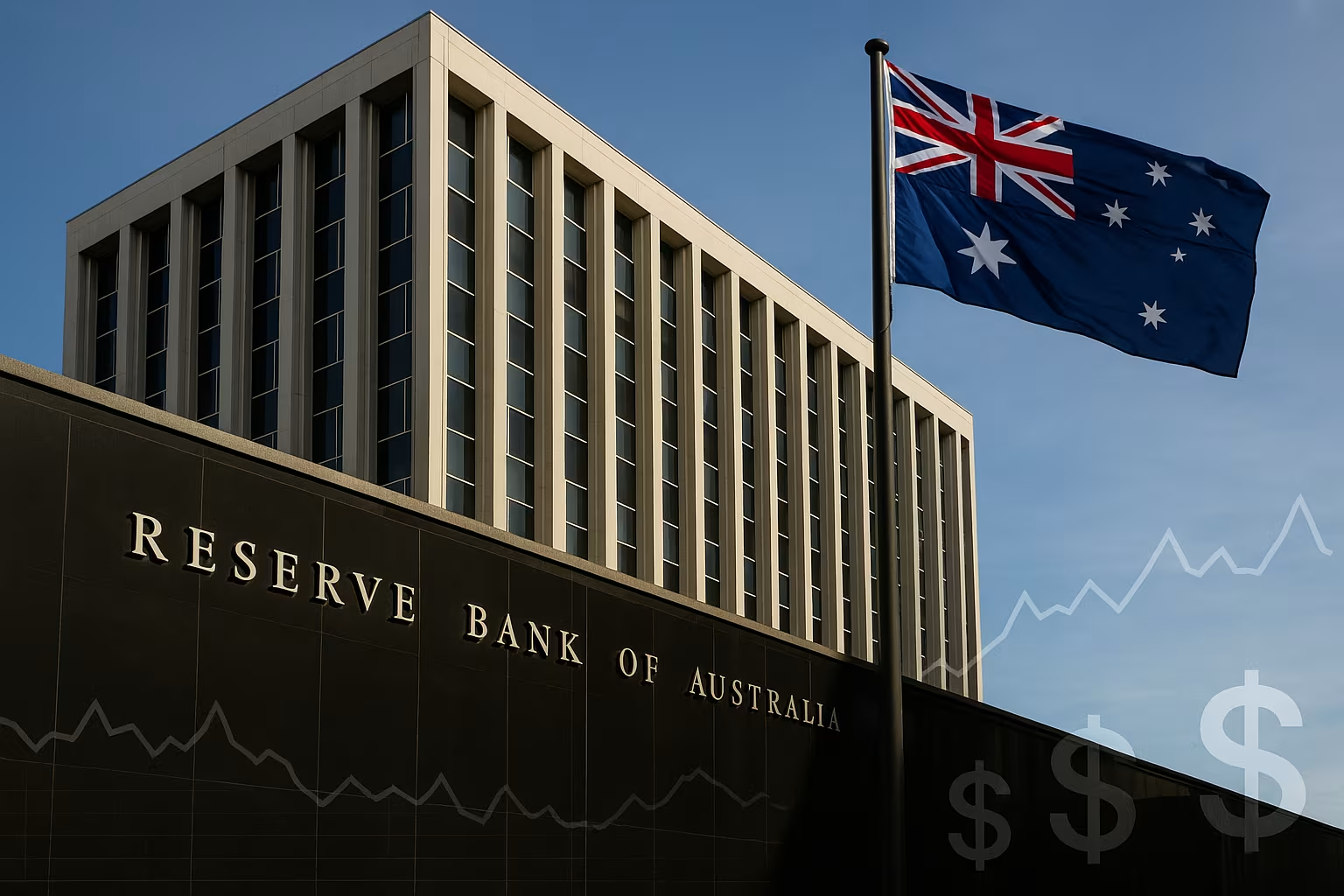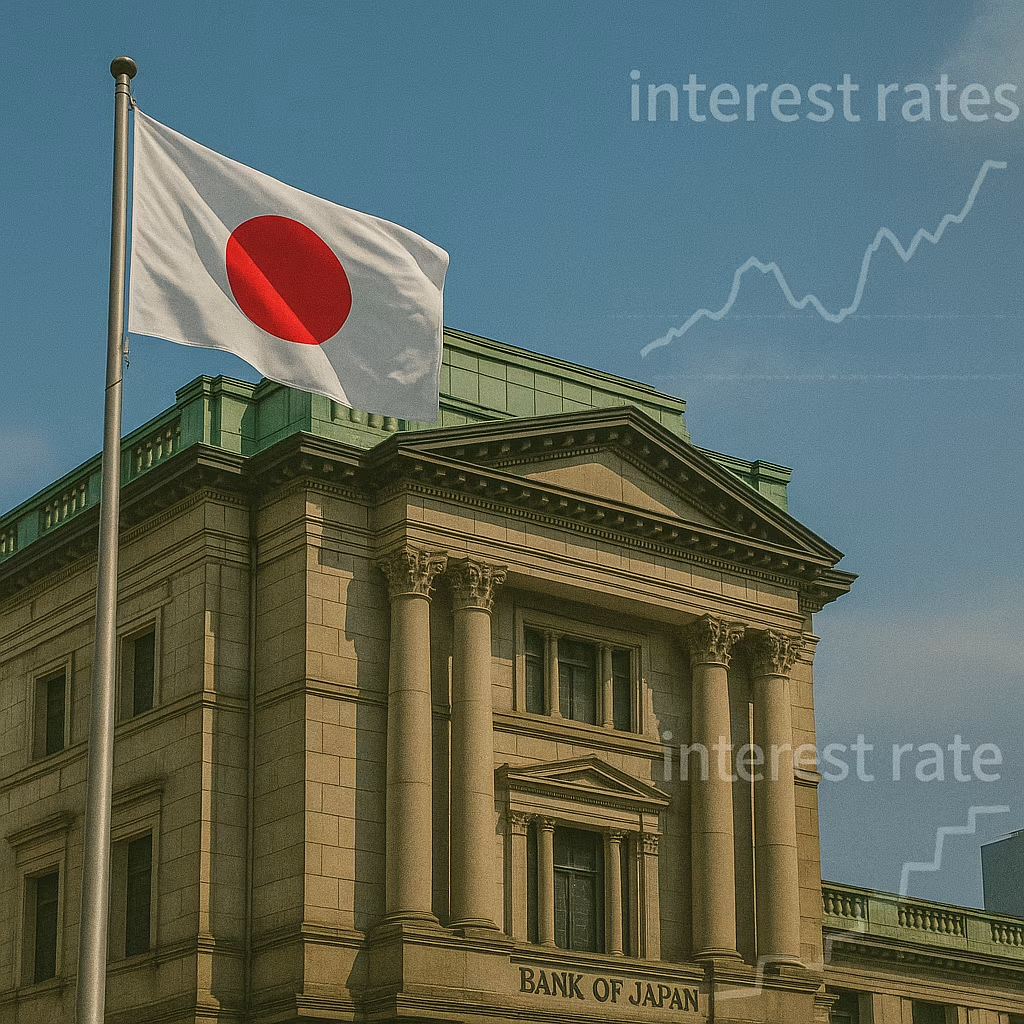Australia’s central bank is widely expected to cut interest rates at its next policy meeting, signaling a shift toward a more accommodative stance as inflation continues to ease and economic growth slows. However, policymakers are likely to pair the move with a cautious tone, emphasizing that future decisions will remain data-dependent amid ongoing global and domestic uncertainties.
Inflation Eases but Remains in Focus
The Reserve Bank of Australia (RBA) has been on a tightening path since mid-2022, lifting the cash rate to its highest level in over a decade in an effort to rein in inflation that surged after the COVID-19 pandemic. While headline inflation peaked at over 7%, recent figures show it has fallen to around 3.4%, putting it closer to the RBA’s 2–3% target range.
The cooling of inflation has been driven by moderating energy and food prices, an easing of supply chain disruptions, and softer consumer demand. However, core inflation — which strips out volatile components — remains slightly elevated, prompting policymakers to keep a close watch on price pressures in services, housing, and wages.
Growth Slows as Households Feel the Squeeze
High interest rates have weighed heavily on household spending and business investment. Retail sales have softened, housing market activity has slowed, and consumer confidence remains subdued. Economic growth is projected to expand at just over 1% this year, well below the historical average, reflecting the impact of tighter financial conditions.
The labor market remains resilient but is showing early signs of cooling, with job creation slowing and unemployment edging higher. Wage growth, while still robust, has started to level off, suggesting that inflationary risks from the labor market may be easing.
Why a Rate Cut Is on the Table
Several factors are contributing to expectations of a rate cut:
- Slowing Domestic Demand – Higher borrowing costs have reduced household purchasing power and discouraged new investment, prompting calls for policy easing to support growth.
- Inflation Moderation – With price growth trending lower, the RBA has more room to ease without risking a sharp resurgence in inflation.
- Global Policy Shifts – Major central banks, including the U.S. Federal Reserve and the Bank of England, have signaled potential rate cuts, reducing the risk of destabilizing capital flows if Australia follows suit.
- Business Sentiment – Lower rates could help boost business confidence and encourage hiring and expansion.
Cautious Forward Guidance
Despite the strong case for easing, the RBA is unlikely to adopt an aggressive stance. Governor Michele Bullock has previously stressed that while rate cuts are possible, the bank will proceed cautiously to ensure inflation continues to move sustainably toward its target.
Policymakers are expected to emphasize that the upcoming cut should not be interpreted as the start of a rapid easing cycle. Instead, each decision will be guided by incoming data on inflation, employment, and broader economic conditions.
Market Reaction
Financial markets have already priced in the likelihood of a 25-basis-point cut, sending bond yields lower and weighing modestly on the Australian dollar. Equity markets, particularly in interest-rate-sensitive sectors such as real estate and consumer discretionary, have welcomed the prospect of lower borrowing costs.
A cautious tone from the RBA could temper market enthusiasm, as investors balance hopes for cheaper credit against the central bank’s determination to preserve its inflation-fighting credibility.
Risks and Uncertainties
While the case for a rate cut is strong, several risks could complicate the policy outlook:
- Global Commodity Prices – Any sharp rise in oil or agricultural prices could feed back into domestic inflation.
- Currency Depreciation – A weaker Australian dollar, especially if other central banks maintain higher rates for longer, could raise import costs.
- Housing Market Response – Lower rates could reinvigorate housing demand, potentially driving prices higher and reintroducing financial stability concerns.
- Geopolitical Tensions – International conflicts or trade disruptions could impact supply chains and commodity markets, influencing both inflation and growth.
Balancing Growth and Stability
The RBA’s challenge is to balance the need for economic support with the responsibility of keeping inflation under control. Too aggressive a shift toward easing could undo the hard-won progress of the past two years, while waiting too long could risk a deeper economic slowdown.
The likely strategy will be to cut rates gradually, monitor the effects on the economy, and remain prepared to pause if inflationary risks re-emerge.
Australia appears poised to begin a new phase in its monetary policy cycle with a modest rate cut, aimed at supporting growth while maintaining vigilance on inflation. The RBA’s cautious tone will be key in managing market expectations and ensuring that policy remains flexible in the face of evolving economic conditions.
For households, businesses, and investors, the coming months will be shaped by how effectively the RBA navigates this transition — ensuring that lower rates stimulate the economy without undermining price stability.





